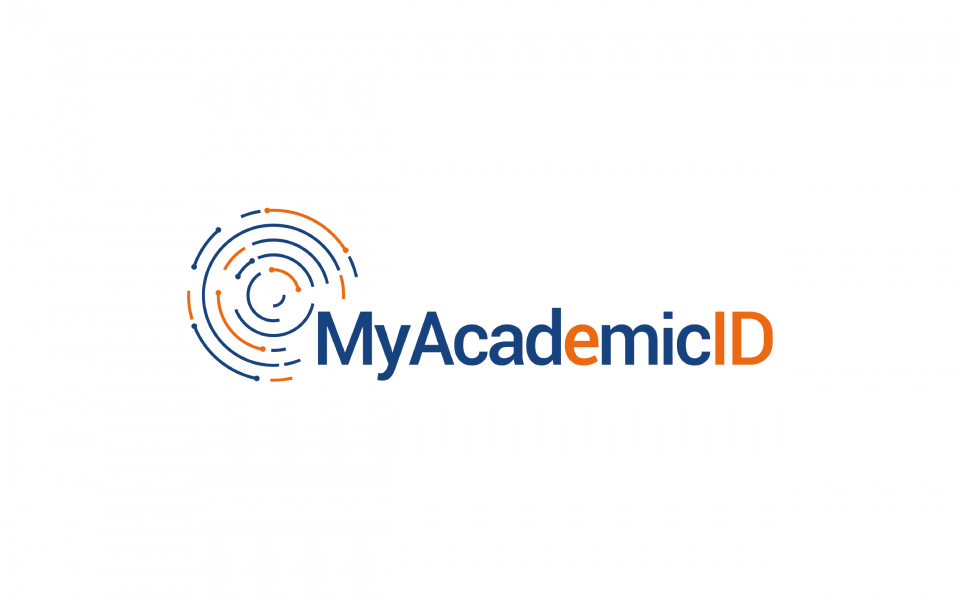Akin to an architect presenting the technical drawing of the house they have set out to build, the MyAcademicID (MyAID) project reached a major milestone by publishing the blueprint architecture of the European Student eID for higher education.
The document is based on the technical consultations carried out by the MyAID consortium throughout 2019, which included five technical workshops, two webinars with National Research and Education Networks (NRENs), and a European-level conference with major stakeholders in the field of digitalisation in higher education.
The blueprint details the technical specifications of the eID scheme, including the bridges between eIDAS and eduGAIN, the structure of the European Student Identifier, and the functioning of the Service Provider (SP) Proxy that will connect key electronic services for student mobility to eduGAIN and eIDAS. The document is complemented by guidelines for connecting to eduGAIN, approved together with the blueprint.
In the coming months, the MyAID partners will work on having the Erasmus+ Mobile App, the Online Learning Agreement, the Erasmus Dashboard, the PhD Hub and the European Student Card interface connect to the SP proxy and moving it into production, along with the bridge proxy that connects eIDAS and eduGAIN through the Swedish eIDAS node.
This work, expected to be completed by the end of 2020, will enable students to use either the credentials issued by their home university or their national citizen eID to access the aforementioned services when going on mobility abroad without requiring them to create new accounts or share their information more than once. In practice, this translates into a truly European Student eID, valid across borders and e-services. In the future, students will also be able to register at higher education institutions using their national eID, linking their citizen and student identities.
The MyAID blueprint and the guidelines for connecting to eduGAIN, along with other relevant documentation, can be found on the Resources and Tools section of the MyAID’s project official website.

